TS ECET Metallurgical Engineering syllabus 2024 contains topics such as Trigonometry, Differential Equations, Solutions and Colloids etc. There are 4 sections, and the Metallurgical Engineering section holds the highest weightage.
Table of Contents
- TS ECET Metallurgical Engineering Syllabus 2024 PDF Download
- TS ECET Metallurgical Engineering Syllabus
- TS ECET Metallurgical Engineering Mathematics Syllabus
- TS ECET Metallurgical Engineering Physics Syllabus
- TS ECET Metallurgical Engineering Chemistry Syllabus
- TS ECET Metallurgical Engineering Exam Pattern 2024
TS ECET Metallurgical Engineering Syllabus 2024 has been released by the conducting body of Telangana State Engineering Common Entrance Test, Osmania University Hyderabad.
The syllabus is available in PDF format, and it consists of four sections, Mathematics, Physics, Metallurgical Engineering, and Chemistry. The examination will be conducted on May 6, 2024.
TS ECET Metallurgical Engineering Syllabus 2024 PDF Download
As the TS ECET Examination dates are close, candidates are advised to go through the complete TS ECET Metallurgical Engineering Syllabus 2024 if not done already. The detailed syllabus is out now.
There are four sections in the TS ECET Metallurgical Engineering syllabus, Metallurgical Engineering, Physics, Chemistry, and Mathematics.
Candidates can check out the complete TS ECET Metallurgical Engineering Syllabus 2024. The TS ECET 2024 Metallurgical Engineering Syllabus PDF is available for download. Candidates can refer to the direct link below:
| Subject | Syllabus PDF |
| TS ECET 2024 Metallurgical Engineering | Download PDF |
Also Check: TS ECET Exam Instructions 2024
TS ECET Metallurgical Engineering Syllabus
Heat Treatment Technology, Elementary Principles Of Metallurgy, Fuels & Refractories, Metallurgical Thermodynamics, and Physical Metallurgy are some of the topics from the TS ECET Metallurgical Engineering Syllabus.
Candidates can check out the complete ist of units and their topics below-
Unit-I: Elementary Principles Of Metallurgy
- Introduction to metallurgy – ores & ore dressing, Methods of ore sampling – Communication – sizing- concentration. Principles and processes of Pyro, hydro and electrometallurgy – Minerals of commercially important metals.
Unit-II: Fuels & Refractories
- Classification of solid, liquid, and gaseous fuels – Testing and properties of important fuels Manufacture and characteristics of Metallurgical Coke – Gasification of solid fuels - Combustion of fuels – Properties, manufacture and selection of Refractories.
Unit-III: Metallurgical Thermodynamics
- Introduction and applications of thermodynamics – First Law of thermodynamics - Thermo chemistry - Second Law of thermodynamics - Ellingham diagrams - Fugacity, activity and equilibrium constant - Phase equilibria – Solutions.
Unit-IV: Physical Metallurgy
- Structure of Metals and Alloys – Solidification – Binary thermal equilibrium diagrams - Iron carbon diagram - important non-ferrous binary alloy systems – Microscopic and macroscopic examination of metals and alloys.
Unit-V: Heat Treatment Technology
- Heat treatment of plain carbon steels - Annealing, Normalizing, Hardening and tempering of steels – TTT diagrams – Hardenability - Grain size, Quenching media.
Alloy steels & Effect of alloying elements on plain carbon steels – Stainless steels, tool steels – Case hardening techniques.
Special heat treatment techniques such as Austempering, Martempering, and sub-zero treatment - Heat treatment of Non-ferrous metals and alloys – Age hardening - Heat Treatment Furnaces and Furnace atmospheres – Heat treatment defects.
Unit-VI: Ferrous Extractive Metallurgy
- Iron ores and preparation of iron ores – Burden distribution – Blast furnace profile - Blast furnace plant and equipment – blast furnace reactions - irregularities and recent trends - sponge iron & methods of production – Ferroalloys – types and applications.
Steel making by Bessemer, LD, Kaldo, Oxygen Lime (LDAC) process, Open hearth and Electric furnaces – Secondary steel making process – Vacuum treatment of liquid steel - Ingot defects - Continuous casting.
Unit-VII: Non-Ferrous Extractive Metallurgy
- Extraction of copper – Pyro and hydrometallurgical methods & refining – Aluminum - Extraction, Anode effect, Refining - Zinc and Lead - Pyro and hydrometallurgical extraction and refining.
Extraction of Magnesium by Dows and Pidgeon Processes - Extraction of Titanium by Kroll‘s process - Refining of Titanium by Van arkell‘s process-Extraction of Thorium and Zirconium.
Unit-VIII: Material Testing
- Tension test. Stress-strain relationships, necking phenomenon. Hardness tests - principles and types. Impact testing - Notched bar impact tests. Transition temperature.
Fatigue, Stress cycles, S N diagram, Factors affecting Fatigue. Creep testing - creep curve, Stress - rupture test. Non-destructive testing- Principles, methods and applications of liquid penetrant, Radiography and Ultrasonic Magnetic particle.
Unit-IX: Mechanical Metallurgy
- Plastic deformation of metals – lattice defects – Slip and Twinning - CRSS –Strengthening mechanisms. Strain hardening - Hot and Cold working - Recovery, recrystallization, and grain growth.
Metal forming processes - Rolling, Forging, Extrusion & Sheet metal forming processes and defects.
Unit-X: Foundry Technology
- Patterns: Types, materials and pattern allowances, Moulding Sands - properties and Testing, Moulding Processes and equipment: Sand casting, Die casting, Shell molding, Centrifugal casting, Investment casting and CO2 process
- Cores: Types of Cores and properties, pouring and feeding of castings.
- Cast irons – types, Melting of cast irons - Grey, S.G and Malleable iron. Aluminum, Copper and Steel Foundry practices. Defects in Castings. Cleaning & Salvage of Castings.
Unit-XI: Welding Technology
- Basic concepts of Welding - Principles and processes of various welding techniques such as Oxy acetylene, Shield Arc welding, Inert gas welding- TIG and MIG - Special welding processes
- Plasma, resistance, electro slag, electron beam, thermit and Laser. Weldability, factors affecting weldability – Heat affected zone, Microstructure – Post weld treatments – Welding defects – Inspection and testing.
Also Check: TS ECET Mining Engineering Syllabus 2024
TS ECET Metallurgical Engineering Mathematics Syllabus
The TS ECET Metallurgical Engineering Syllabus contains topics such as Matrices, Trigonometry, Analytical Geometry, Differentiation and its Applications, Integration and its Applications, Differential Equations, Laplace Transforms, and Fourier Series.
Unit-I: Matrices
- Matrices: Definition of Matrix, Types of matrices Algebra of matrices, Transpose of a matrix Symmetric, skew symmetric matrices, Minor, cofactor of an element-Determinant of a square matrix
- Properties-Laplace‘s expansion-singular and non-singular matrices-Adjoint and multiplicative inverse of a square matrix-System of linear equations in 3 variables
- Solutions by Cramer‘s rule,Matrix inversion method-Gauss, Jordan method.
- Partial Fractions: Resolving a given rational function into partial fractions.
- Logarithms: Definition of logarithm and its properties, meaning of ‘e’, exponential and logarithmic functions.
Unit–II: Trigonometry
- Properties of Trigonometric Functions
- Ratios of Compound angles, multiple angles, and multiple sub angles
- Transformations of Products into sum or difference and vice versa
- Properties of triangles: sine rule, cosine rule, tangent rule and projection rule
- Solution of a triangle when (i) three sides (SSS), (ii) two sides and an included angle (SAS), (iii) one side and two angles are given(SAA).
- Inverse Trigonometric functions, Hyperbolic functions.
- Complex Numbers: Definition of a complex number, Modulus, amplitude and conjugate of the complex number, arithmetic operations on complex numbers
- Modulus-Amplitude form (Polar form) - Euler form (exponential form).
Unit–III: Analytical Geometry
- Straight Lines–different forms of Straight Lines, a distance of a point from a line, angle between two lines, intersection of two non-parallel lines and distance between two parallel lines.
- Circles Equation of circle given center and radius, given ends of the diameter-General equation- finding center and radius, center and a point on the circumference
3 non-collinear points, center and tangent, equation of tangent and normal at a point on the circle. - Conic Section
- Properties of parabola, ellipse and hyperbola
- Standard forms with vertex at origin.
Unit–IV: Differentiation and its Applications
- Functions and limits
- Standard limits
- Differentiation of sum, product, quotient of functions, function of function, trigonometric, inverse trigonometric, exponential, logarithmic, Hyperbolic functions, implicit, explicit and parametric functions
- Derivative of a function with respect to another function-Second order derivatives
- Geometrical applications of the derivative (angle between curves, tangent and normal)
- Increasing and decreasing functions
- Maxima and Minima (single variable functions) using second order derivative only physical application
- Rate Measure
- Partial Differentiation
- Partial derivatives up to second order
- Euler‘s theorem.
Unit–V: Integration and its Applications
- Indefinite Integral – Standard forms – Integration by decomposition of the integrand, integration of trigonometric, algebraic, exponential, logarithmic and Hyperbolic functions
- Integration by substitution
- Integration of reducible and irreducible quadratic factors
- Integration by parts– Definite Integrals and properties, Definite Integral as the limit of a sum
- Application of Integration to find areas under plane curves and volumes of Solids of revolution
- Mean and RMS values, Trapezoidal rule and Simpson’s 1/3 Rule for approximation integrals.
Unit–VI: Differential Equations
- Definition of a differential equation-order and degree of a differential equation- formation of differential equations-solution of differential equation of the type first order, first degree, variable separable
homogeneous equations, exact, linear differential equation of the form dy/dx+Py=Q - Bernoulli‘s equation, 2nd order linear differential equation with constant coefficients both homogeneous and non-homogeneous and finding the Particular Integrals for the functions eax, sin ax, cos ax, ax2 +bx+c (a,b,c are real numbers).
Unit–VII: Laplace Transforms
- Laplace Transforms (LT) of elementary functions-Linearity property, first shifting property, change of scale property, multiplication and division by t - LT of derivatives and integrals
- Unit step function, LT of unit step function, second shifting property, evaluation of improper integrals, Inverse Laplace transform (ILT)-shifting theorems, change of scale property, multiplication and division by s,
ILT by using partial fractions and convolution theorem - Applications of LT to solve linear ordinary differential equations up to second order with initial conditions.
Unit–VIII: Fourier Series
- Fourier series, Euler’s formulae over the interval (C, C+2π) for determining the Fourier coefficients.
- Fourier series of simple functions in (0, 2π) and (–π, π).
- Fourier series for even and odd functions in the interval (–π, π) – Half range Fourier series – sine and cosine series over the interval (0, π).
Also Check: TS ECET Mechanical Engineering Syllabus 2024
TS ECET Metallurgical Engineering Physics Syllabus
Topics such as Units, Dimension, and Friction, Mechanics, Properties of Matter, Heat and Thermodynamics, Waves and Sound, Electricity And Measuring Instruments are in the TS ECET Metallurgical Engineering Physics Syllabus. Candidates may refer to the complete syllabus below-
Unit-I: Units, Dimension, and Friction
- Physical quantity - Fundamental and derived quantities – Unit –definitions - S.I units - Advantages of S.I. units - Dimensions and dimensional formula - definitions-units and dimensional formula for physical quantities
- Principle of homogeneity - Applications of dimensional analysis–Friction – causes - types of friction - Normal reaction
- Laws of static friction - coefficients of friction - expression-rough horizontal surface - expressions for Acceleration, Displacement, Time taken to come to rest and Work done
- Advantages and disadvantages of friction - Methods to reduce friction – Problems on friction only.
Unit-II: Elements of Vectors
- Scalar and vector quantities – definitions and examples –Graphical representation of a vector - Classification of vectors (Proper vector, Unit vector, Equal vector, Negative vector, Collinear vector and Position vector) Resolution of a vector
Triangle law of vector addition – Parallelogram law of vectors – statement- expression for magnitude and direction of resultant vector –derivation - illustrations (working of sling and flying bird) - Representation of a vector in unit vectors i, j and k– Scalar product of vectors-definition- application to work done by force – properties of the scalar product
- Vector product of vectors –definition
- Right hand thumb rule and right hand screw rule - application to moment of force - properties of vector product - area of parallelogram and triangle in terms of vector product - related problems
Unit-III: Mechanics
- Projectile motion – definition - examples - Horizontal projection
- Time of flight and Horizontal range – derivations
- Oblique projection – Expression for path of a projectile in oblique projection - derivation– Maximum height, Time of ascent, Time of descent, Time of flight
- Horizontal range and maximum horizontal range - derivations
- Circular motion, angular velocity, time period, and frequency of revolutions–Definitions– Relation between linear velocity and angular velocity - derivation–centripetal force – centrifugal force – definitions and expressions only- application
Unit-IV: Properties of Matter
- Elasticity and plasticity- definitions – examples - Stress and Strain – definitions and expressions - elastic limit - Hooke’s law – statement - modulus of elasticity - Young’s modulus – Derivation
- Cohesive and adhesive forces - Surface tension
- Illustrations
- Capillarity –angle of contact – definition- examples for capillarity- Formula for Surface tension based on capillarity (no derivation)
- Viscosity - Illustrations of viscosity - Newton’s formula for viscous force – derivation - Coefficient of viscosity
- Poiseuille’s equation
- Effect of temperature on viscosity of liquids and gases– streamlines - laminar flow - turbulent flow
- Reynold’s number - equation of continuity – statement - related problems.
Unit-V: Heat and Thermodynamics
- Heat – expansion of gases - Boyle’s law –concept of absolute zero - Absolute scale of temperature – Charles’ laws - Ideal gas equation – derivation - value of universal gas constant ‘R’ –Isothermal and Adiabatic processes
- Differences between isothermal and adiabatic processes - Internal energy and external work done
- Expression for work done – derivation – first law of thermodynamics – application of first law to isothermal and adiabatic processes - second law of thermodynamics
specific heat of a gas – molar specific heat of a gas – definitions – derive relation between CP and Cv - related problems.
Unit-VI: Conservation Laws and Energy Sources
- Work and Energy - Potential Energy and kinetic energy–examples – expressions for PE and KE - derivations - Work-Energy theorem – derivation – Law of conservation of energy – examples
Law of conservation of energy in the case of freely falling body – proof – Illustration of conservation of energy in the case of simple pendulum– Non-renewable and renewable energy sources - related problems
Unit-VII: Waves and Sound
- Wave motion – definition and characteristics – audible range – infrasonic and ultrasonic – longitudinal and transverse waves – examples – Relation between wavelength
frequency and velocity of a wave – derivation –stationary waves- beats - applications of beats - Doppler effect – list the applications – ultrasound and radar in medicine and engineering as special emphasis
echo – definition - applications - relation between time of echo and distance of obstacle –derivation - Reverberation and time of reverberation - Sabine’s formula - Free and forced vibrations - Resonance - Conditions of good auditorium - noise pollution – definition – causes, effects and methods to minimize noise pollution - problems
Unit-VIII: Simple Harmonic Motion
- Periodic motion - Simple Harmonic Motion (SHM)– definition - examples - Conditions for SHM – Projection of circular motion on any diameter of a circle is SHM - Expressions for Displacement,
Velocity and Acceleration of a particle executing SHM – derivations - Time period, frequency, amplitude and phase of a particle in SHM - Ideal simple pendulum – time period of simple pendulum –derivation
laws of simple pendulum-Seconds pendulum- problems
Unit-IX: Modern Physics
- Photo electric effect - Einstein’s photo electric equation – Work function and threshold frequency - laws of photo electric effect - applications of photo electric effect – photo cell - concept of Refraction of light
critical angle and total internal reflection - principle of Optical fiber - Applications of optical fiber – LASER – definition and characteristics – principle of LASER
spontaneous emission and stimulated emission - population inversion - examples of LASER – Uses.
Unit-X: Magnetism
- Magnetic field - magnetic lines of force -properties - Uniform and Non-uniform magnetic field – Magnetic length, pole strength – magnetic induction field strength- definition - Coulomb’s inverse square law of magnetism
expression for moment of couple on a bar magnet placed in a uniform magnetic field – derivation - expression for magnetic induction field strength at a point on the axial line of a bar magnet –derivation - Dia, Para and Ferro magnetic materials
examples - related problems.
Unit-XI: Electricity And Measuring Instruments
- Ohm’s law – Ohmic and non ohmic conductors – examples - Temperature dependence of resistance – coefficients of resistance with examples - Specific resistance – units – conductance- series and parallel combination of resistors - moving coil galvanometer - conversion of galvanometer into ammeter and voltmeter with diagram (qualitatively) – Kirchhoff’s current and voltage laws in electricity – Expression for balancing condition of Wheatstone’s bridge – derivation – Meter bridge–working with neat diagram –Superconductivity-definition-superconductors - definition and examples – applications - related problems.
Unit-XII: Electronics
- Solids – definition – energy bands in solids- valence band, conduction band and forbidden band – Energy band diagram of conductors, insulators and semiconductors – concept of Fermi level - Intrinsic semiconductors - examples - Concept of holes in semiconductors - Doping - Extrinsic semiconductor - P-type and N-type semiconductors - PN Junction diode – Forward Bias and Reverse Bias - Applications of PN diode - Diode as rectifier – principle – principle of Light Emitting Diode and solar cell.
Also Check: TS ECET Pharmacy Syllabus 2024
TS ECET Metallurgical Engineering Chemistry Syllabus
TS ECET Metallurgical Engineering Chemistry Syllabus contains topics such as Fundamentals of Chemistry, Solutions and Colloids, Water Technology, Metallurgy, and many more such topics. Candidates can checkout all the topics below-
Unit-I: Fundamentals of Chemistry
- Atomic Structure: Introduction - Atomic number - Mass number- Bohr's Atomic theory - Aufbau principle - Hund's rule - Pauli's exclusion Principle- Orbitals, shapes of s, p and d orbitals - Electronic configuration of elements
- Chemical Bonding: Introduction - Electronic theory of valency - Types of chemical bonds - Ionic, covalent and co-ordinate covalent bond with examples - Properties of Ionic and Covalent compounds
- Oxidation-Reduction: Electronic Concepts of Oxidation-Reduction, Oxidation Number calculations.
Unit -II: Solutions and Colloids
- Introduction-Classification of solutions based on physical state- Molecular weights, Equivalent weights - Expression of concentration - Mole concept, Molarity, Normality, Numerical problems on Mole, Molarity and Normality - Colloids- Types of colloids- Lyophilic and Lyophobic colloids - Industrial applications of colloids.
Unit -III: Acids and Bases
- Introduction - theories of acids and bases and limitations - Arrhenius theory-Bronsted-Lowry theory- Lewis acid base theory - Ionic product of water - pH and related numerical problems - Buffer solutions- buffer action - applications of buffer solution.
Unit -IV: Environmental Studies-I
- Introduction - environment -scope and importance of environmental studies- important terms - renewable and non-renewable energy sources - Concept of ecosystem, producers, consumers and decomposers - Biodiversity, definition and threats to Biodiversity- Forest resources- Over exploitation-Deforestation.
Unit -V: Water Technology
- Introduction -soft and hard water - causes of hardness – types of hardness -disadvantages of hard water - degree of hardness (ppm) - softening methods - permutit process - ion exchange process - drinking water - municipal treatment of water for drinking purpose - Osmosis, Reverse Osmosis - advantages of Reverse Osmosis – Desalination by Electro dialysis - Defluoridation – Nalgonda technique.
Unit -VI: Electrochemistry
- Conductors, insulators, electrolytes –Types of electrolytes - Arrhenius theory of electrolytic dissociation - electrolysis -electrolysis of fused NaCl and aqueous NaCl - applications of electrolysis - Faraday's laws of electrolysis- numerical problems.
Unit -VII: Metallurgy
- Characteristics of Metals - distinguish between Metals and Non Metals- Ore, Gangue, Flux and Slag - Concentration of Ore -Froth floatation - Methods of Extraction of crude Metal - Roasting, Calcination and Smelting - Alloys-purpose of making alloys - Composition of Brass, German silver, Nichrome, Stainless steel and Duralumin
Unit –VIII: Corrosion
- Introduction - factors influencing the rate of corrosion - electrochemical theory of corrosion - composition, stress and concentration cells- rusting of iron and its mechanism - prevention of corrosion - coating methods, Paints-constituents and characteristics of paints-cathodic protection
Unit –IX: Polymers
- Introduction - polymerization - types of polymerization - addition, condensation with examples - plastics - types of plastics - advantages of plastics over traditional materials - Disadvantages of using plastics - preparation and uses of the following plastics: 1. Polythene 2. PVC 3. Teflon 4. Polystyrene 5. Urea-formaldehyde 6. Bakelite - Rubber - Elastomers –Preparation of Butyl rubber, Buna-s rubber, Neoprene rubber and their uses-Fibres-Preparation and uses of fibres-Nylon 6,6- Polyester
Unit –X: Fuels
- Definition and classification of fuels- characteristics of good fuel - Calorific value-HCV and LCV Calculation of oxygen required for combustion of methane and ethane - composition and uses of gaseous fuels - a) Water gas b) Producer gas, c) Natural gas, d) Coal gas, e) Bio gas and f) Acetylene.
Unit –XI: Electro Motive Force
- Galvanic cell – standard electrode potential -electrochemical series -emf of cell – Batteries-Types of batteries-Fuel cells.
Unit –XII: Environmental Studies-II
- Introduction- classification of air pollutants based on origin and states of matter - Air pollution; causes and effects - control methods - Water pollution; causes and effects - control measures.
Also Check: TS ECET Civil Engineering Syllabus 2024
TS ECET Metallurgical Engineering Exam Pattern 2024
The TS ECET Metallurgical Engineering exam pattern is mentioned below in the table. As per the marking scheme, for each correct answer, 1 mark will be given, and in case of an incorrect answer, no marks will be deducted.
| Particular | Details |
| Examination Name | Telangana State Engineering Common Entrance Test - Metallurgical Engineering |
| Mode of Examination | Online (Computer-based Test) |
| Duration of Examination | 3 Hours (180 minutes) |
| Number of Questions (section-wise) | Mathematics- 50 Question |
| Physics - 25 Questions | |
| Chemistry- 25 Questions | |
| Metallurgical Engineering- 100 Questions | |
| Type of Questions | Multiple Choice Questions (MCQs) |
| Number of Question | 200 |
| Marking Scheme | +1 mark will be awarded for a correct answer. |
| Negative Marking | No Negative Marking |
| Total Marks | 200 |
| Language Medium | English |
Also Check: TS ECET Rank Wise Colleges List

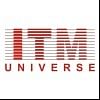

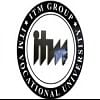

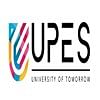

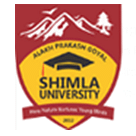


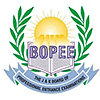

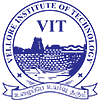



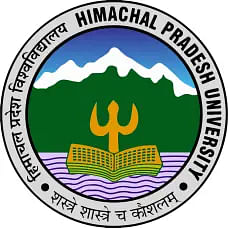




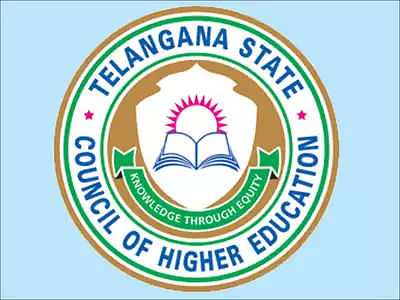



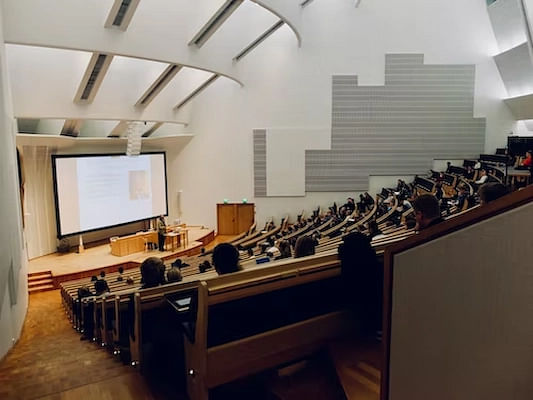






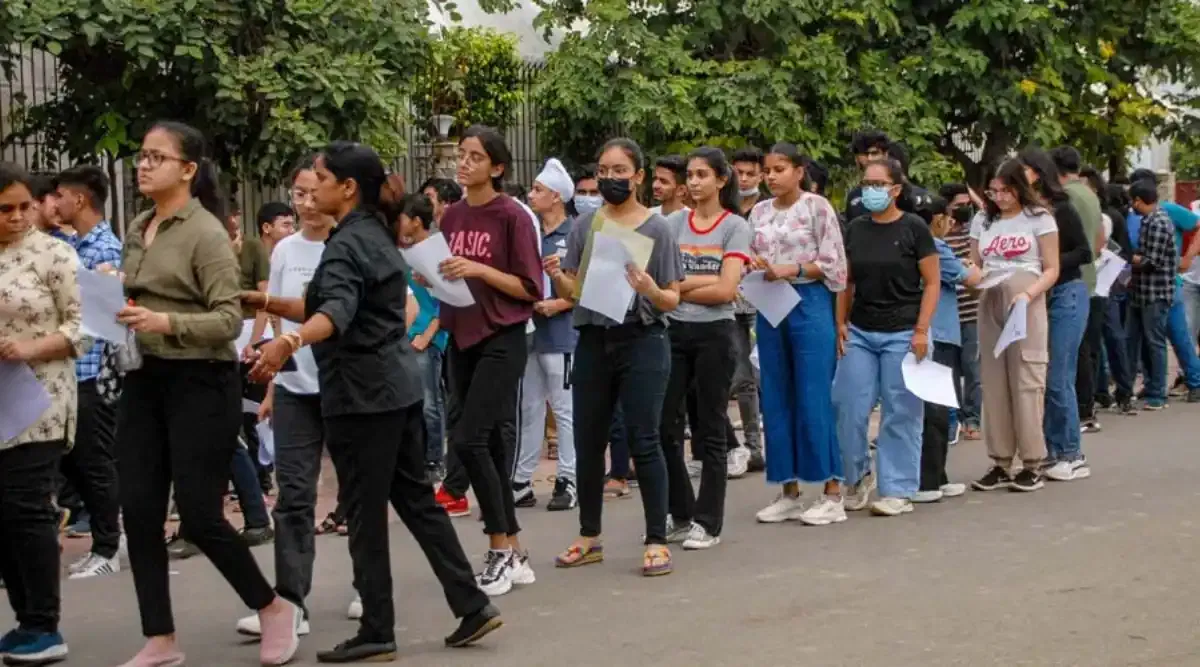

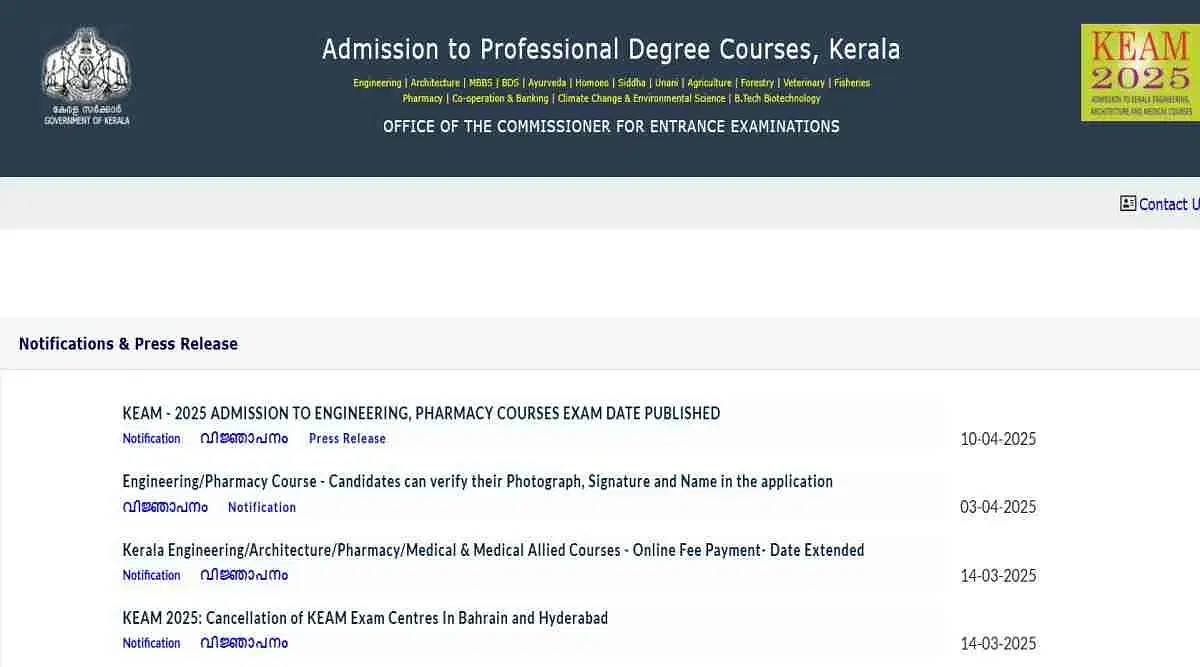
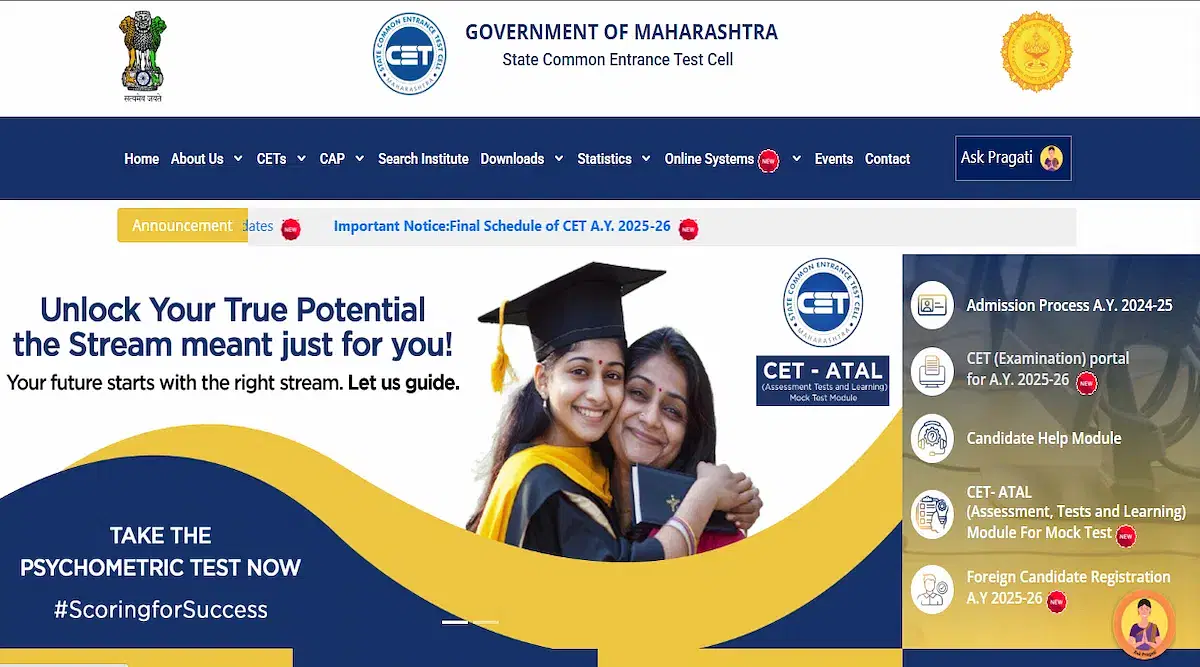
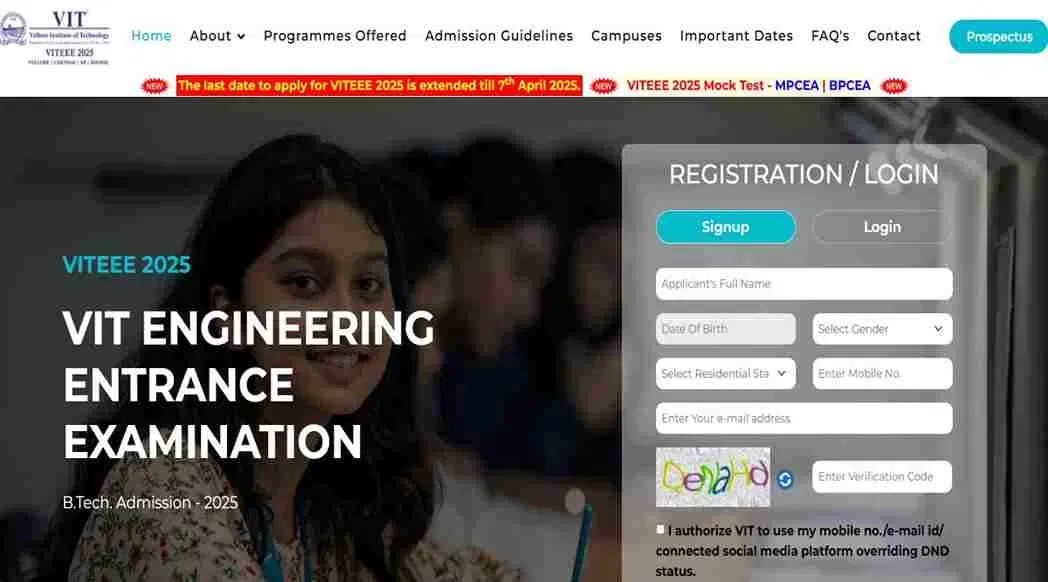





POST YOUR COMMENT